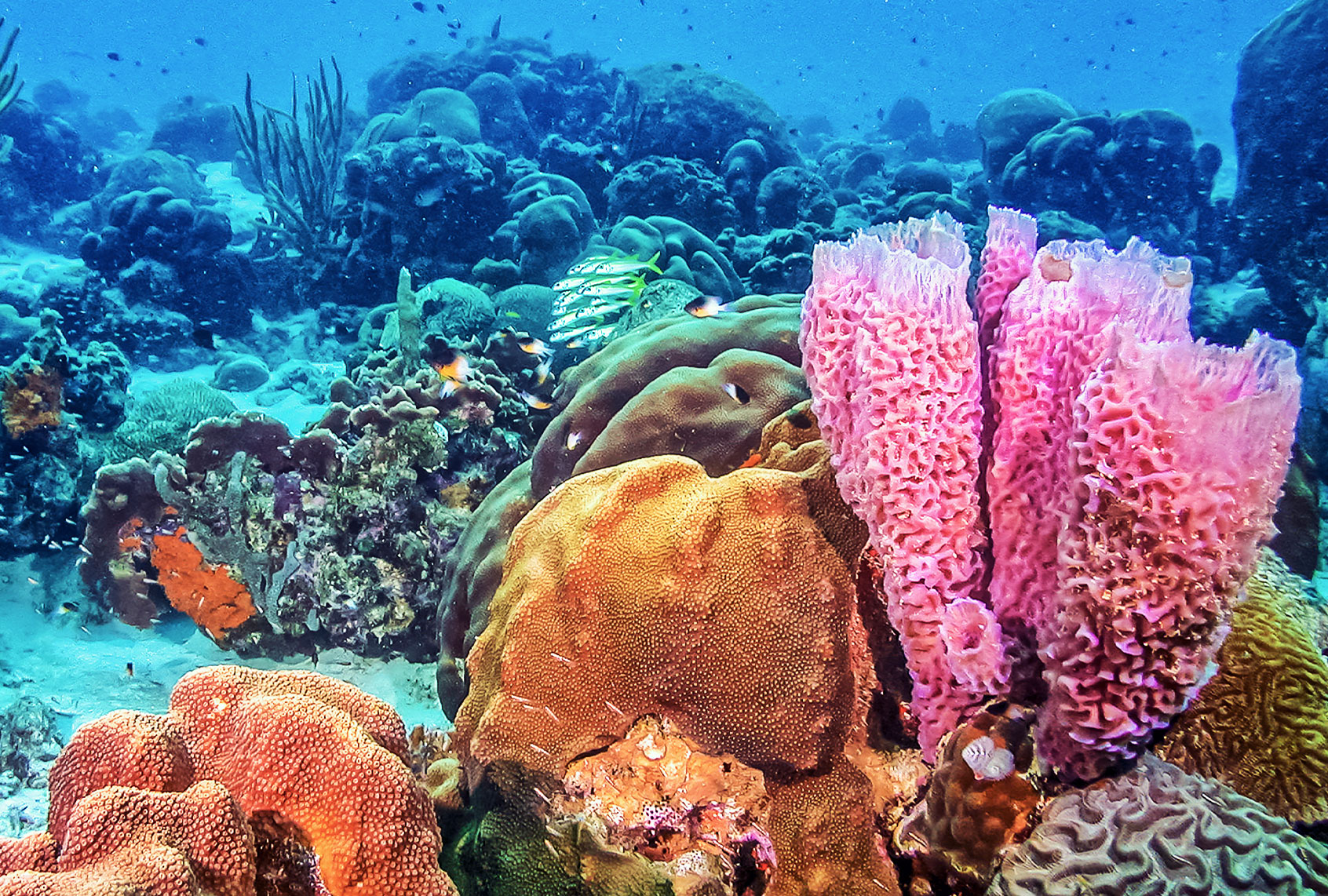Viewers of “SpongeBob Squarepants” have been woefully misinformed about the reality of being a sponges. Far from being yellow, rectangular and hyperactive, sponges come in all shapes, sizes and colors; they are believed to lack even SpongeBob’s child-like intelligence; and, far from being hyperactive, most of them are not known to move at all.
At least, they weren’t known to move at all. New research may change what we know about them.
In a recent study published by the journal “Cell Biology,” scientists describe finding a group of demosponges — the most diverse class in the phylum known as Porifera — in the Arctic Sea. Notably, they observed that many of the individual sponges from the Geodia parva, Geodia hentscheli and Stelletta rhaphidophora species were living on a thick mat of spicules, a spike-like substance that helps a sponge support its body and ward off potential predators.
Given that the spicules were “connected directly to the underside or lower flanks of sponge individuals,” and that there were long trails covering nearly 70 percent of the sea floor containing live sponges, the scientists hypothesize that they were probably left behind by those sponges as they slowly moved across the ocean floor.
This theory is further supported by the fact that many of the sponges were on the uphill portions of their trails in areas that lacked strong flows of water. This makes it unlikely that gravity or ocean currents could explain the shed body parts. Instead the scientists believe that the sponges stick their spicules into the ground and then slowly pull their bodies forward.
They pay a grisly price for this, though: Like the honeybees that rip off part of their abdomen after stinging someone, the sponges seem to rip off their spicules in order to move. Unlike with honeybees, however, this process does not seem to kill the resilient creatures.
Want more health and science stories in your inbox? Subscribe to Salon’s weekly newsletter The Vulgar Scientist.
While sponges had previously exhibited this kind of behavior in laboratory environments, this is the first time that this specific method for moving was displayed in the wild. When it came to sponges moving in natural environments, the most notable previous evidence was that certain types of encrusting sponges are able to remodel their bodies in a sliding fashion as they grow around rocks so they can move to a limited degree.
“These trails may relate to feeding behavior and/or a strategy for dispersal of juveniles,” the authors speculate. “Such trails may remain visible for long periods given the regionally low sedimentation rates.”
Indeed, the researchers speculate that other types of sponges may leave these trails all the time. We just don’t know it because they quickly get covered up by ocean sediments.
“We thought sponges settled when juveniles, then had to put up with conditions where they settled,” Autun Purser, a deep-sea ecologist at the Alfred Wegener Institute at the Helmholtz Center for Polar and Marine Research in Germany and co-author of the paper, told Live Science. “It seems now that, some species at least, can move if they feel conditions are not right.”


